- europages
- >
- Clutches
- >
- TAS SCHÄFER GMBH
- >
- products
TAS SCHÄFER GMBH - a reliable partner for shaft-hub connections
Germany
Manufacturer/ Producer

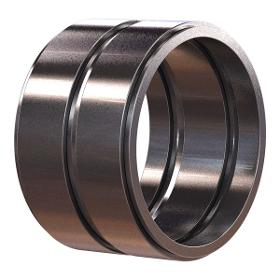
TAS SCHÄFER GMBH
Germany
The primary function of a friction spring is the damping / absorbing of introduced energy. A friction spring consists of closed outer and inner rings which intermesh with their conical surfaces. As a result of the energy introduced axially, the outer and inner rings on the conical surfaces are shifted apart from each other so that the spring column is shortened. This has the effect that the outer rings stretch and the inner rings reduce in diameter. As a result of the friction arising on the conical surfaces, the introduced energy is absorbed and converted into heat which is to be removed. Resonance effects are suppressed completely. The primary function of a friction spring is the damping / absorbing of introduced energy. A friction spring consists of closed outer and inner rings which intermesh with their conical surfaces. As a result of the energy introduced axially, the outer and inner rings on the conical surfaces are shifted apart from each other so that the spring column...
Request for a quote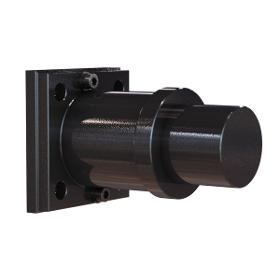
TAS SCHÄFER GMBH
Germany
The primary function of a friction spring is the damping / absorbing of introduced energy. A friction spring consists of closed outer and inner rings which intermesh with their conical surfaces. As a result of the energy introduced axially, the outer and inner rings on the conical surfaces are shifted apart from each other so that the spring column is shortened. This has the effect that the outer rings stretch and the inner rings reduce in diameter. As a result of the friction arising on the conical surfaces, the introduced energy is absorbed and converted into heat which is to be removed. Resonance effects are suppressed completely. The primary function of a friction spring is the damping / absorbing of introduced energy. A friction spring consists of closed outer and inner rings which intermesh with their conical surfaces. As a result of the energy introduced axially, the outer and inner rings on the conical surfaces are shifted apart from each other so that the spring column...
Request for a quote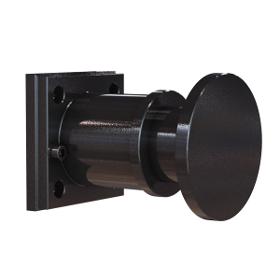
TAS SCHÄFER GMBH
Germany
The primary function of a friction spring is the damping / absorbing of introduced energy. A friction spring consists of closed outer and inner rings which intermesh with their conical surfaces. As a result of the energy introduced axially, the outer and inner rings on the conical surfaces are shifted apart from each other so that the spring column is shortened. This has the effect that the outer rings stretch and the inner rings reduce in diameter. As a result of the friction arising on the conical surfaces, the introduced energy is absorbed and converted into heat which is to be removed. Resonance effects are suppressed completely. The primary function of a friction spring is the damping / absorbing of introduced energy. A friction spring consists of closed outer and inner rings which intermesh with their conical surfaces. As a result of the energy introduced axially, the outer and inner rings on the conical surfaces are shifted apart from each other so that the spring column...
Request for a quote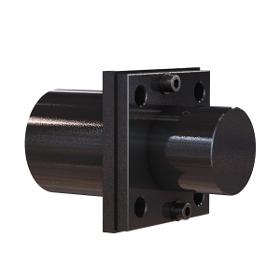
TAS SCHÄFER GMBH
Germany
The primary function of a friction spring is the damping / absorbing of introduced energy. A friction spring consists of closed outer and inner rings which intermesh with their conical surfaces. As a result of the energy introduced axially, the outer and inner rings on the conical surfaces are shifted apart from each other so that the spring column is shortened. This has the effect that the outer rings stretch and the inner rings reduce in diameter. As a result of the friction arising on the conical surfaces, the introduced energy is absorbed and converted into heat which is to be removed. Resonance effects are suppressed completely. The primary function of a friction spring is the damping / absorbing of introduced energy. A friction spring consists of closed outer and inner rings which intermesh with their conical surfaces. As a result of the energy introduced axially, the outer and inner rings on the conical surfaces are shifted apart from each other so that the spring column...
Request for a quote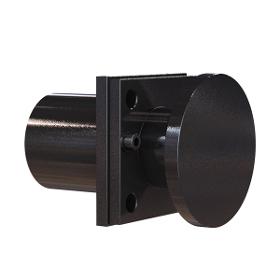
TAS SCHÄFER GMBH
Germany
The primary function of a friction spring is the damping / absorbing of introduced energy. A friction spring consists of closed outer and inner rings which intermesh with their conical surfaces. As a result of the energy introduced axially, the outer and inner rings on the conical surfaces are shifted apart from each other so that the spring column is shortened. This has the effect that the outer rings stretch and the inner rings reduce in diameter. As a result of the friction arising on the conical surfaces, the introduced energy is absorbed and converted into heat which is to be removed. Resonance effects are suppressed completely. The primary function of a friction spring is the damping / absorbing of introduced energy. A friction spring consists of closed outer and inner rings which intermesh with their conical surfaces. As a result of the energy introduced axially, the outer and inner rings on the conical surfaces are shifted apart from each other so that the spring column...
Request for a quoteManufacturer/ Producer
Osterfeldstraße 75
58300 Wetter - Germany
europages also recommends
A selection of companies related to the activity:
A selection of products that might interest you
Request for quotes
Create one request and get multiple quotes form verified suppliers.
- Only relevant suppliers
- Data privacy compliant
- 100% free







